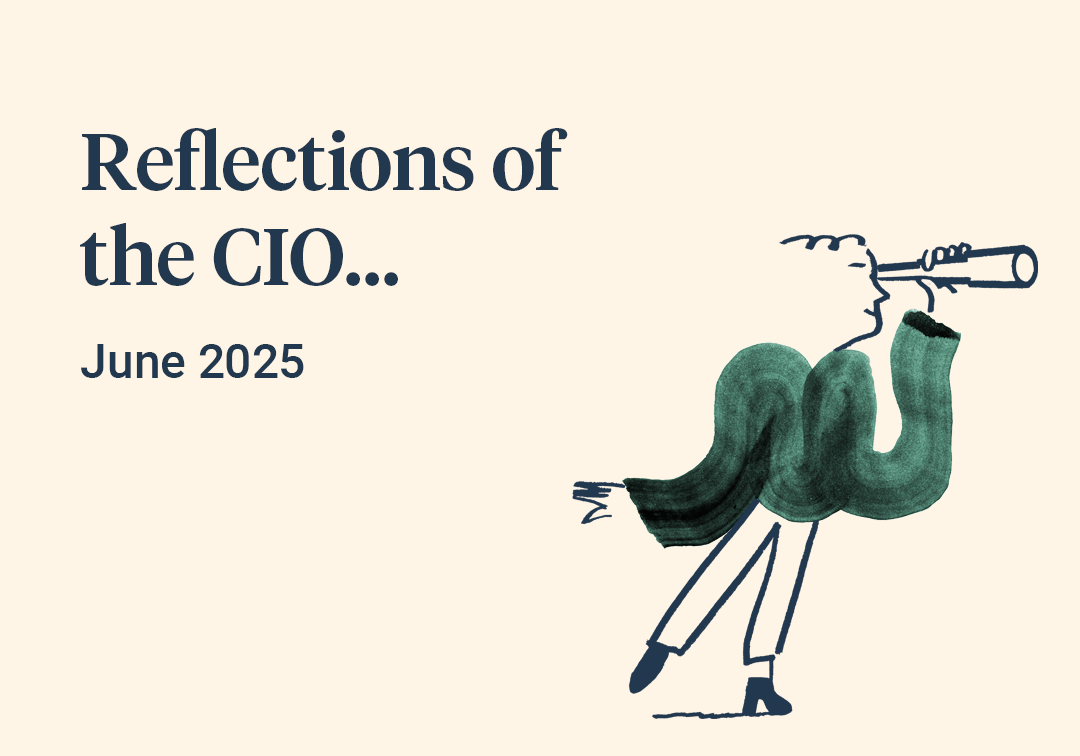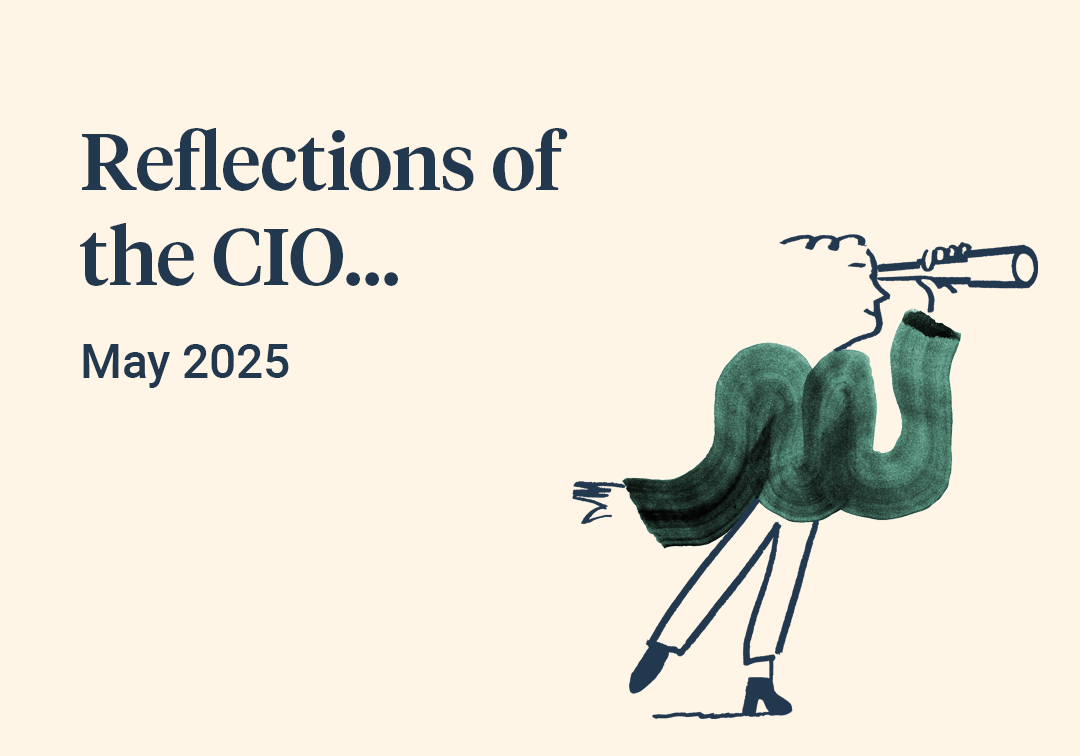It was a difficult start to the new year, with a global, simultaneous selloff in stock and bond markets leaving few asset classes or geographies unscathed. The major reasons for this market turbulence can be traced back to the end of 2021 and the actions of the central banks, who have so often been at the heart of market performance these last few years.
The biggest impact was undoubtedly made by the Federal Reserve, which toughened its messaging in relation to the pace of change of US interest rates and the speed at which it would be reversing its market interventions. With inflation data also very strong, bond markets had ample reason to sell off and as they did so, equity markets too began to wobble
“Smaller companies fell further than larger ones and faddish growth sectors (plus crypto currencies) also dropped sharply around the globe.”
Although there was widespread and sustained selling for most of January, this retreat was characterized more by violent rotations within markets than by across the board selling pressure,





